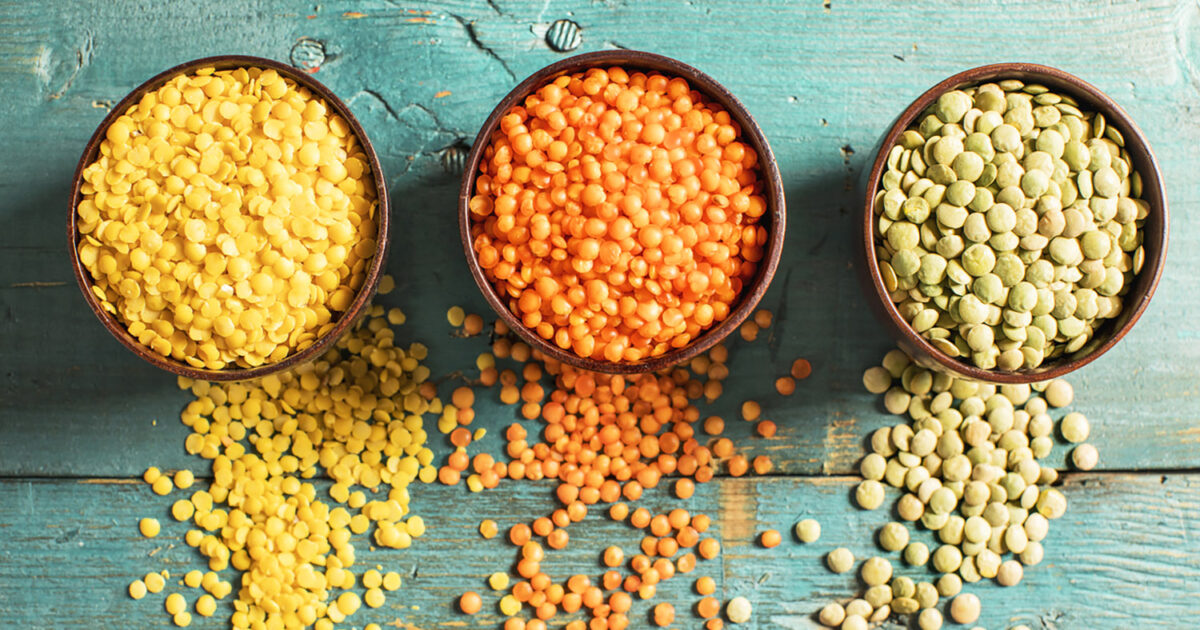In a world full of new hypertrophyexpensive meat substitutes and exotic cereals with names that we find difficult to say, there is a food that has remained silent in our closet for centuries. The lentils.
Neither trend nor ‘gourmet’. And yet, it may be the most complete you can eat – and already have it in your kitchen without appreciating it.
Lentils are one of the oldest and nutrient legumes, with a history of thousands of years. They are cultivated from the Neolithic era, referring to the Bible and fueled peoples all over the globe, from the Mediterranean to India.
In Greece, we often consider them “poor food” or just a dish for fasting. But it’s time to re -evaluate them.
The lentils stand out because they are nutritional bombs in a very small amount. Just 100 grams of boiled lentils contain:
- About 9 grams of protein
- High amount of fiber
- Iron, potassium, folic acid and magnesium
- Very low fat (almost zero)
- Zero cholesterol
- Low glycemic index.
In addition, it is one of the few foods of vegetable origin that offer high quality protein. For vegetarians, vegans, but also those who simply reduce meat, lentils are a nutritional ally that covers many nutritional gaps – without burdening the body or the environment.
The power of simplicity
One of the biggest benefits of the lens is that it is cooked quickly and easily. It does not need soaking such as beans or chickpeas, it does not require any particular materials, and it lifts many variations – from classic soup to salads, meatballs, or even bread dip.
The classic Greek recipe with carrot, laurel and a bit of vinegar remains a favorite, but the creative versions you can try are countless: rice lentils, caramelized lentils, smoked salmon lentils or even fixtures.
Varieties with differences
In Greece we mainly know brown lentils, but there are many varieties:
Green lentils: keep their shape more, ideal for salads
Red lentils: softer, boil quickly, ideal for puree or soups
Black lentils (Beluga): Small and elegant, reminiscent of caviar, have delicate taste
Yellow lentils: Particularly widespread in India and the Middle East
Each variety offers something different in taste and cooking. If you have only tried them once in your life and you didn’t like it, you may not just try the right ones.
Why put them back on your plate
Let’s be honest: you don’t have to be a nutritionist to understand that processed foods and ready -made solutions are tired of us. Lentils return to fashion – not from nostalgia, but because they are true food, clean, honest and functional. They are cheap, stored for months, they don’t need a fridge, and you can always have them ready for a quick, healthy meal.
They are also ecological. Their cultivation requires fewer natural resources, and their production leaves a smaller carbon footprint than meat or dairy.
Myths and truths
Myth: Lentils cause bloating.
Truth: If you cook them properly (eg without much salt at the beginning and with a little vinegar at the end), they are easily digested.
Myth: They are boring.
Truth: The secret is in cooking imagination. Combine them with spices, herbs, lemon or even fruits (such as pomegranate) for a very delicious effect.
Myth: They are not enough as a main dish.
Truth: A serving of lentils with a little bit of whole bread and fresh salad is a complete and hearty meal.
